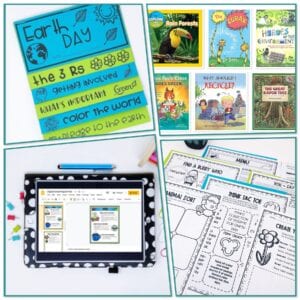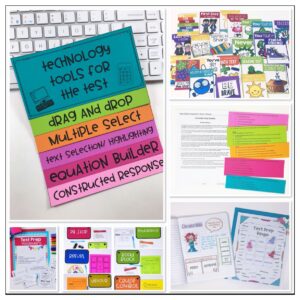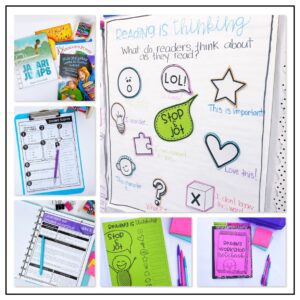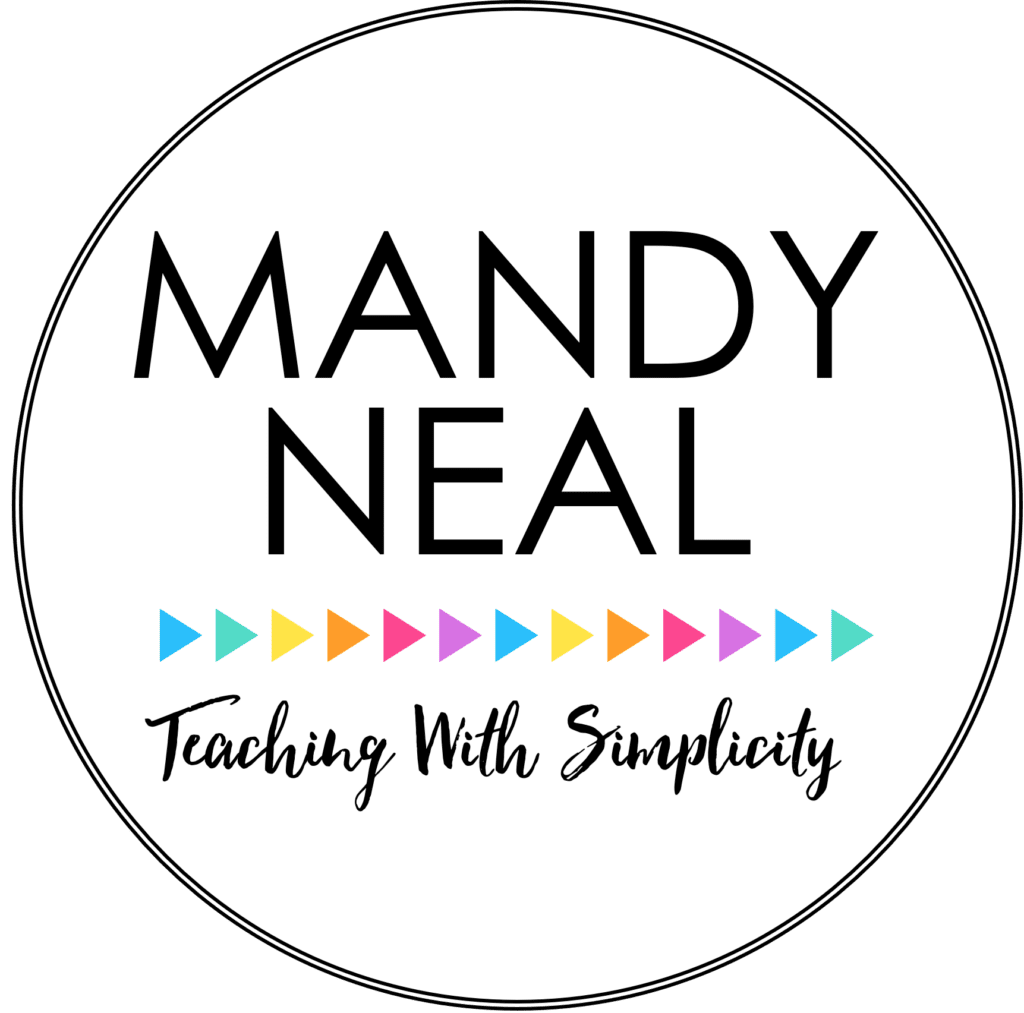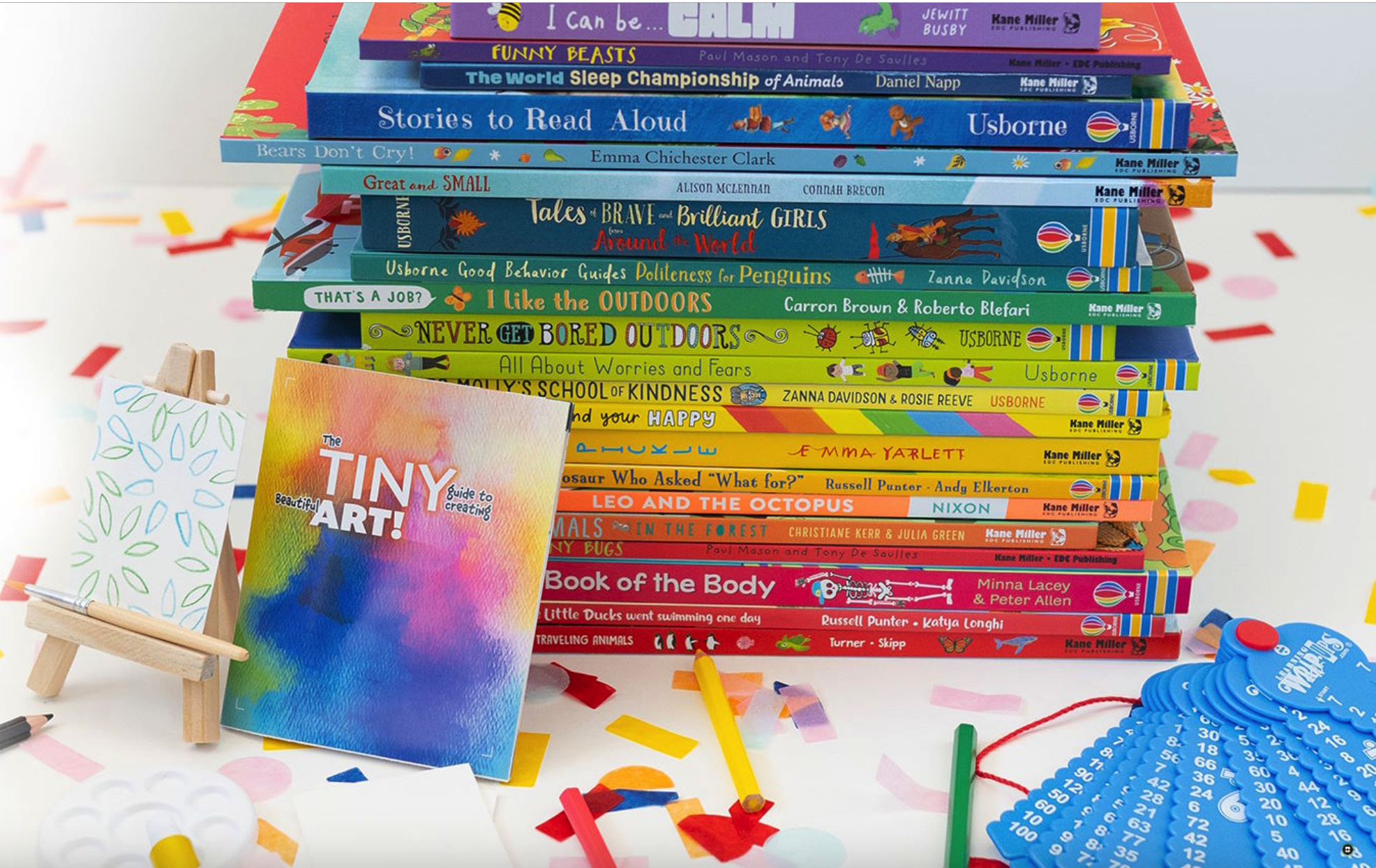Reading workshop is my JAM! I love reading workshop because it works. Also, who doesn’t love to read aloud to students. Students crave being read aloud to even in the upper elementary classroom. To introduce and practice comprehension skills and strategies, I always have a collection of mentor texts. One of my favorite mentor texts to teach cause and effect is The Snow Show by Caroline Fisher. This is a nonfiction book on how snow is formed, but with a fiction twist. It’s informational, yet entertaining. A win-win!
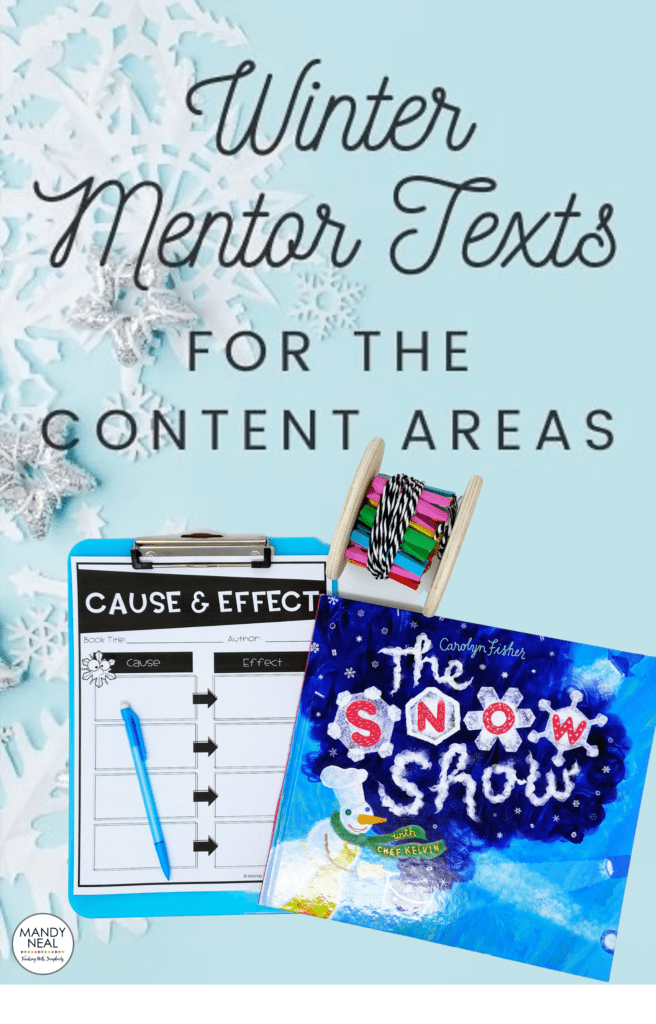
 I suggest having the “guts” of the anchor chart prepared before each lesson so that students won’t be left waiting for you to prepare the anchor chart before they can share their ideas with you and the class. When creating the anchor charts with students, you want to guide them in helping you generate ideas to place on the chart, but what you write should ultimately be their thinking. For example, when completing the anchor chart for cause and effect, allow students to use the pictures to generate different types of cause and effect relationships. You will be amazed at what they can come up with! Also, give students their own version to complete with you. This allows all students to stay engaged during the lesson and provides them with their own resource that they can refer to throughout the year.
I suggest having the “guts” of the anchor chart prepared before each lesson so that students won’t be left waiting for you to prepare the anchor chart before they can share their ideas with you and the class. When creating the anchor charts with students, you want to guide them in helping you generate ideas to place on the chart, but what you write should ultimately be their thinking. For example, when completing the anchor chart for cause and effect, allow students to use the pictures to generate different types of cause and effect relationships. You will be amazed at what they can come up with! Also, give students their own version to complete with you. This allows all students to stay engaged during the lesson and provides them with their own resource that they can refer to throughout the year.



 You can download the interactive read-aloud resources for The Snow Show here:
You can download the interactive read-aloud resources for The Snow Show here:

Introducing Cause and Effect
With all of my reading workshop units, I always introduce the skill or strategy using an anchor chart.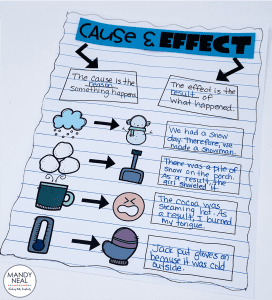 I suggest having the “guts” of the anchor chart prepared before each lesson so that students won’t be left waiting for you to prepare the anchor chart before they can share their ideas with you and the class. When creating the anchor charts with students, you want to guide them in helping you generate ideas to place on the chart, but what you write should ultimately be their thinking. For example, when completing the anchor chart for cause and effect, allow students to use the pictures to generate different types of cause and effect relationships. You will be amazed at what they can come up with! Also, give students their own version to complete with you. This allows all students to stay engaged during the lesson and provides them with their own resource that they can refer to throughout the year.
I suggest having the “guts” of the anchor chart prepared before each lesson so that students won’t be left waiting for you to prepare the anchor chart before they can share their ideas with you and the class. When creating the anchor charts with students, you want to guide them in helping you generate ideas to place on the chart, but what you write should ultimately be their thinking. For example, when completing the anchor chart for cause and effect, allow students to use the pictures to generate different types of cause and effect relationships. You will be amazed at what they can come up with! Also, give students their own version to complete with you. This allows all students to stay engaged during the lesson and provides them with their own resource that they can refer to throughout the year.
Prepare for the Interactive Read Aloud
Being prepared for the interactive read-aloud is crucial. To set the stage, activate students’ background knowledge by posing a question before you begin. A picture walk is always a good option as well. Then, throughout the book, stop 3-5 times to pose questions to get students thinking and talking about the skill or strategy. I like to write or print my stop and interact questions on sticky notes and place them on the corresponding pages.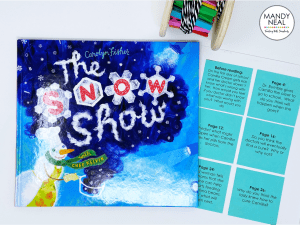
Interactive Read Aloud Activity
After introducing the skill or strategy, in this case, cause and effect, decide on how you want students to respond to what you are reading. I have three go-to activities: turn and talk, interactive notebooks, and graphic organizers.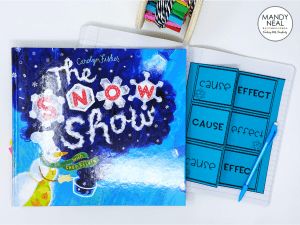
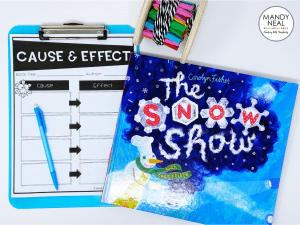
Independent Reading
After the read aloud, explain to students that you want them to look for cause and effect relationships in what they are reading and to record their findings. Periodically, I vary the way students respond to their reading. My students either respond using the choice board or an exit slip.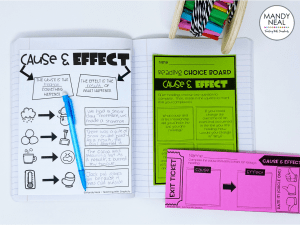 You can download the interactive read-aloud resources for The Snow Show here:
You can download the interactive read-aloud resources for The Snow Show here: You are invited to the Inlinkz link party!
Click here to enter

